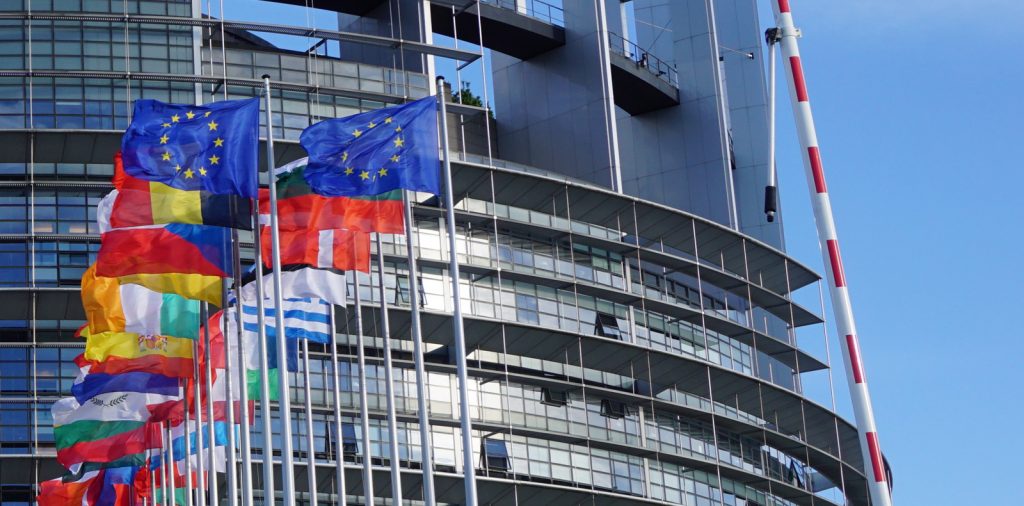EURUSD remains relatively robust these days after a strong rally on Monday took the pair back to local highs just below the 1.11 handle which continues to serve as the key resistance. On Wednesday, the euro feels some downside pressure amid a widespread risk aversion in the financial markets fueled by Trump’s protectionism.
The common currency struggles to make sustained gains by itself, and the current rise is mostly due to a weaker dollar. On the data front, the economic updates out of Eurozone turned out mostly positive, with services PMIs from Germany and the region n general came in higher than expected. Germany November final services PMI was at 51.7 versus the 51.3 preliminary result while Eurozone PMI came in at 51.9 versus 51.5 in the first estimate. The data is not extremely strong but at least reaffirms market hopes for a recovery in the months ahead.

Still, the updates failed to fuel demand for the single currency, with the pair barely holding above the 100-DMA which can easily become a resistance again should the downside pressure intensify in the near term. Moreover, the euro fails to extend the rally and make a clear break above 1.11 despite a rise in market expectations of further rate cuts by the Federal Reserve following weak US manufacturing PMI data. Such dynamics may point to the remaining fundamental weakness in the euro, suggesting investors are still worried about a potential recession in Germany and rising tariffs from the United States which it turn serve as a negative risk for the region’s struggling economy.
Later this week, the pair will further be affected by risk sentiment but the upcoming US data will also matter. Traders nave always closely monitored the NFP employment data as well as wages numbers which in turn affect expectations surrounding the Federal Reserve’s monetary policy. Should the employment and wages figures come on a positive side, the dollar may shrug off some of its current weakness across the board. In this scenario, EURUSD could extend the rejection from the 1.11 area and get back below the 1.1050 region.



























